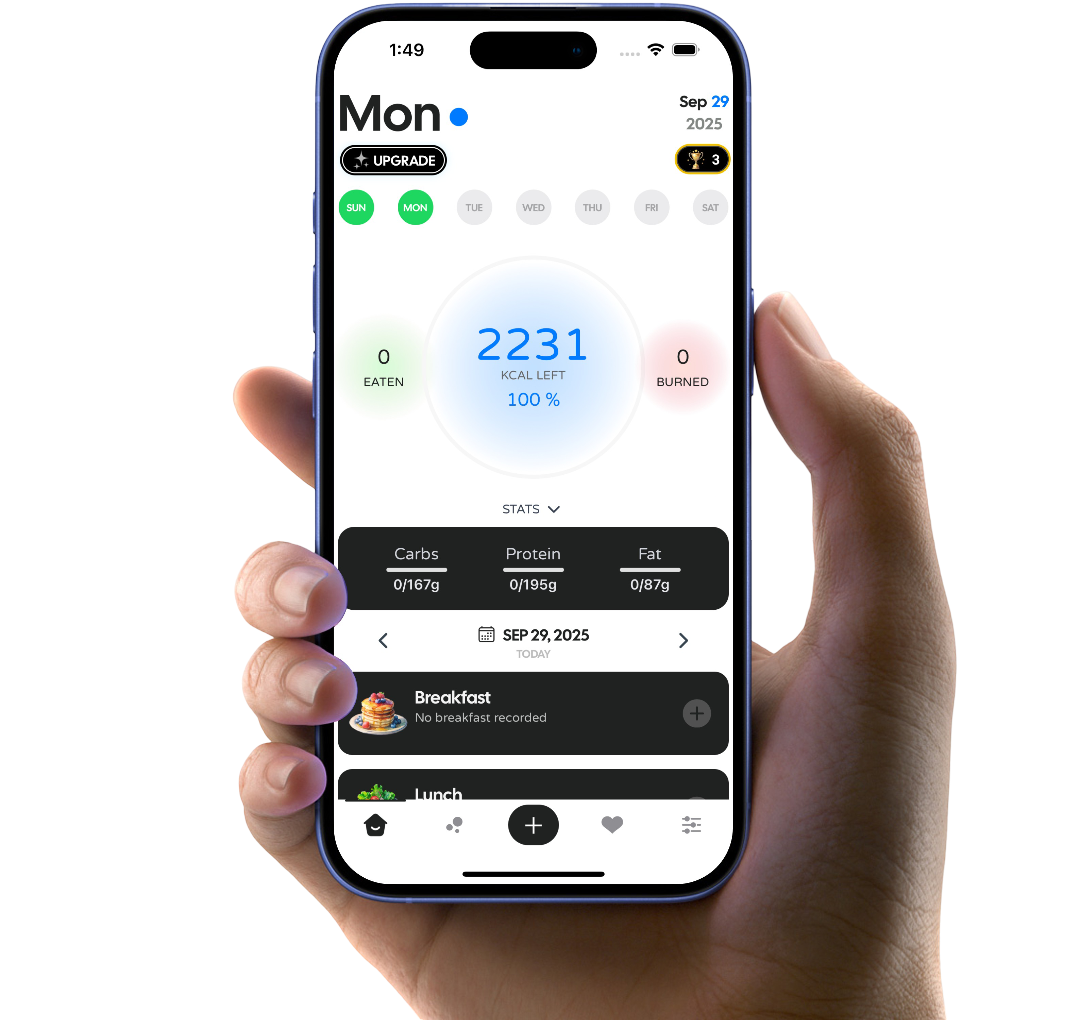What is BMR?
Basal Metabolic Rate (BMR) is the number of calories your body needs to maintain basic physiological functions at rest. It accounts for 60-75% of daily calorie expenditure and is influenced by factors like age, gender, weight, height, and body composition.
Why is BMR Important?
Understanding your BMR helps you determine how many calories your body requires to maintain its current weight. It is a crucial starting point for creating personalized diet plans, weight loss programs, or fitness goals. By knowing your BMR, you can adjust your calorie intake to achieve your desired health outcomes.
How is BMR Calculated?
BMR is calculated using formulas that take into account your weight, height, age, gender, and sometimes body fat percentage. The most commonly used formulas are:
- Mifflin-St Jeor Equation: A modern formula that is widely used for its accuracy.
For Men: BMR = (10 × weight in kg) + (6.25 × height in cm) - (5 × age in years) + 5
For Women: BMR = (10 × weight in kg) + (6.25 × height in cm) - (5 × age in years) - 161
- Revised Harris-Benedict Equation: An updated version of the original Harris-Benedict formula.
For Men: BMR = (13.397 × weight in kg) + (4.799 × height in cm) - (5.677 × age in years) + 88.362
For Women: BMR = (9.247 × weight in kg) + (3.098 × height in cm) - (4.330 × age in years) + 447.593
- Katch-McArdle Formula: Ideal for individuals who know their body fat percentage, as it accounts for lean body mass.
BMR = 370 + (21.6 × lean body mass in kg)
Lean Body Mass = Weight in kg × (1 - Body Fat Percentage)
Factors Affecting BMR
Several factors influence your BMR, including:
- Age: BMR decreases with age as muscle mass tends to decline.
- Gender: Men generally have a higher BMR than women due to higher muscle mass.
- Weight: Heavier individuals have a higher BMR because their bodies require more energy to function.
- Height: Taller individuals typically have a higher BMR due to a larger surface area.
- Body Composition: Muscle burns more calories at rest than fat, so individuals with more muscle mass have a higher BMR.
How to Use Your BMR
Once you know your BMR, you can calculate your Total Daily Energy Expenditure (TDEE) by factoring in your activity level. This helps you determine how many calories you need to maintain, lose, or gain weight. For example:
- Weight Maintenance: Consume calories equal to your TDEE.
- Weight Loss: Consume fewer calories than your TDEE.
- Weight Gain: Consume more calories than your TDEE.
Daily Calorie Needs Based on Activity Level
Your Total Daily Energy Expenditure (TDEE) depends on your activity level. Below is a table showing estimated daily calorie needs based on different activity levels:
| Activity Level | Calorie |
| Sedentary: little or no exercise | 1,926 |
| Exercise 1-3 times/week | 2,207 |
| Exercise 4-5 times/week | 2,351 |
| Daily exercise or intense exercise 3-4 times/week | 2,488 |
| Intense exercise 6-7 times/week | 2,769 |
| Very intense exercise daily, or physical job | 3,050 |
Note:
- Exercise: 15-30 minutes of elevated heart rate activity.
- Intense exercise: 45-120 minutes of elevated heart rate activity.
- Very intense exercise: 2+ hours of elevated heart rate activity.
Reference
* Johnstone AM, Murison SD, Duncan JS, Rance KA, Speakman JR, Factors influencing variation in basal metabolic rate include fat-free mass, fat mass, age, and circulating thyroxine but not sex, circulating leptin, or triiodothyronine1. Am J Clin Nutr 2005; 82: 941-948.






